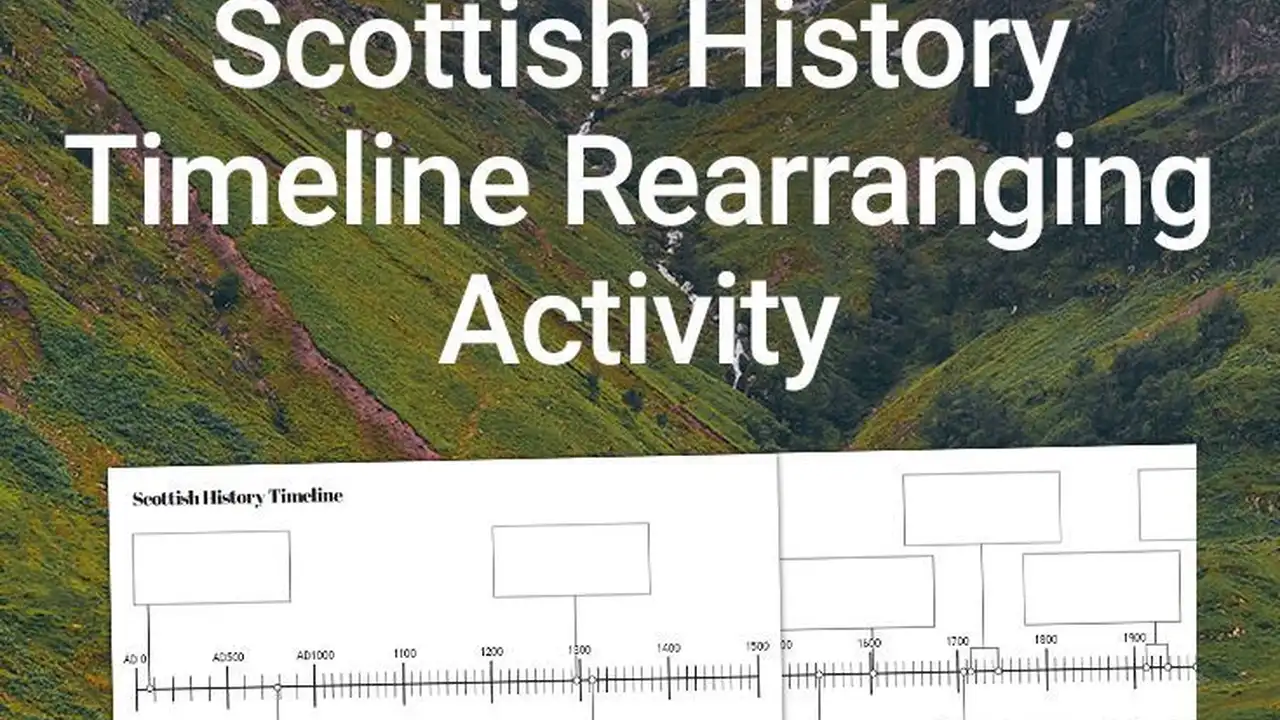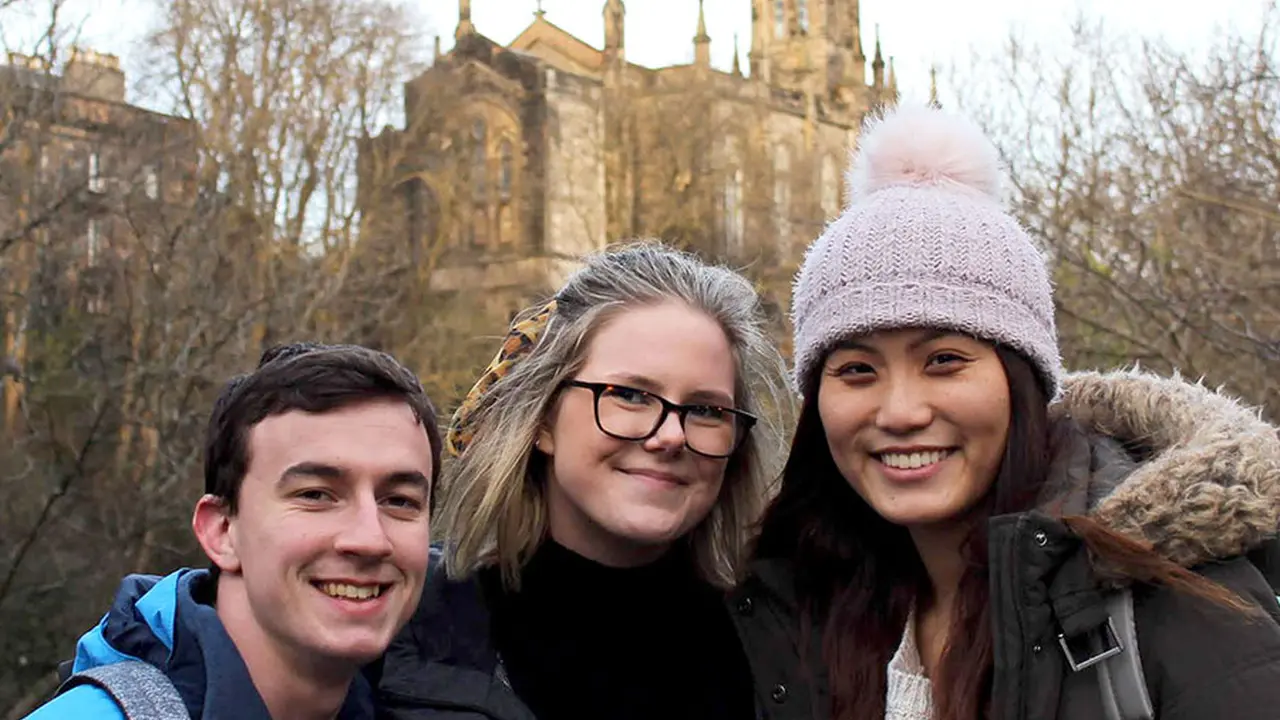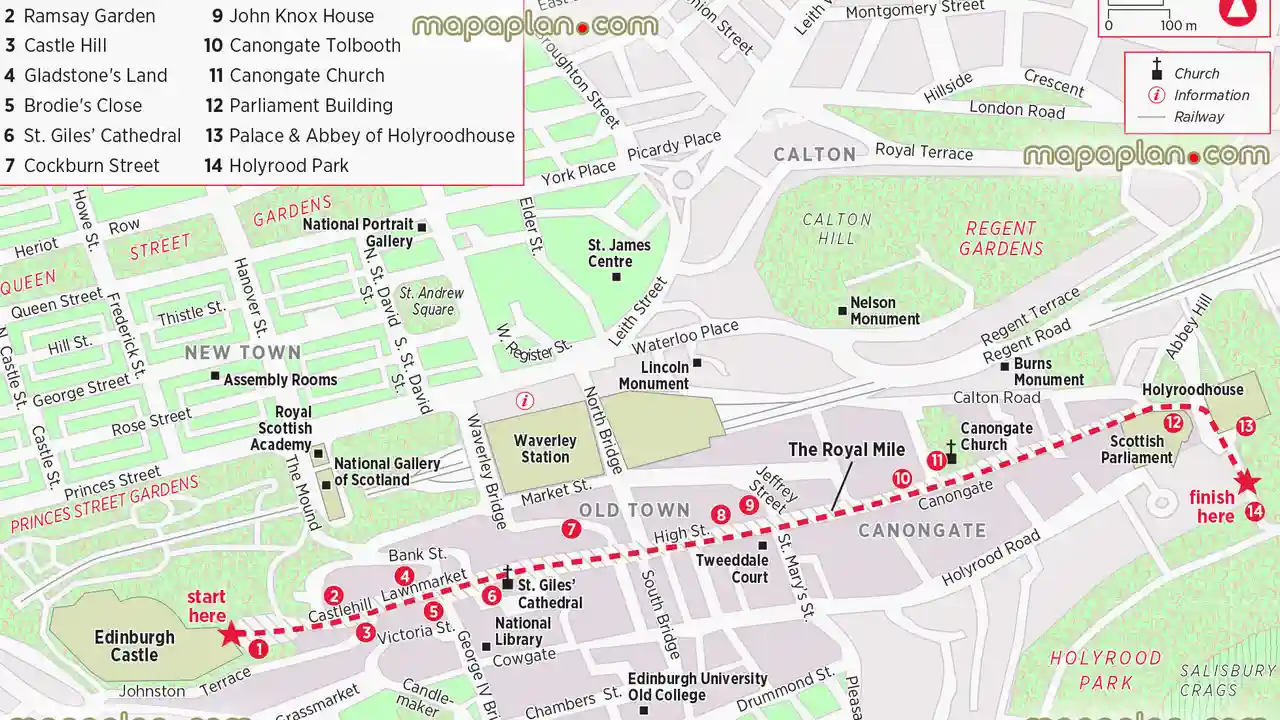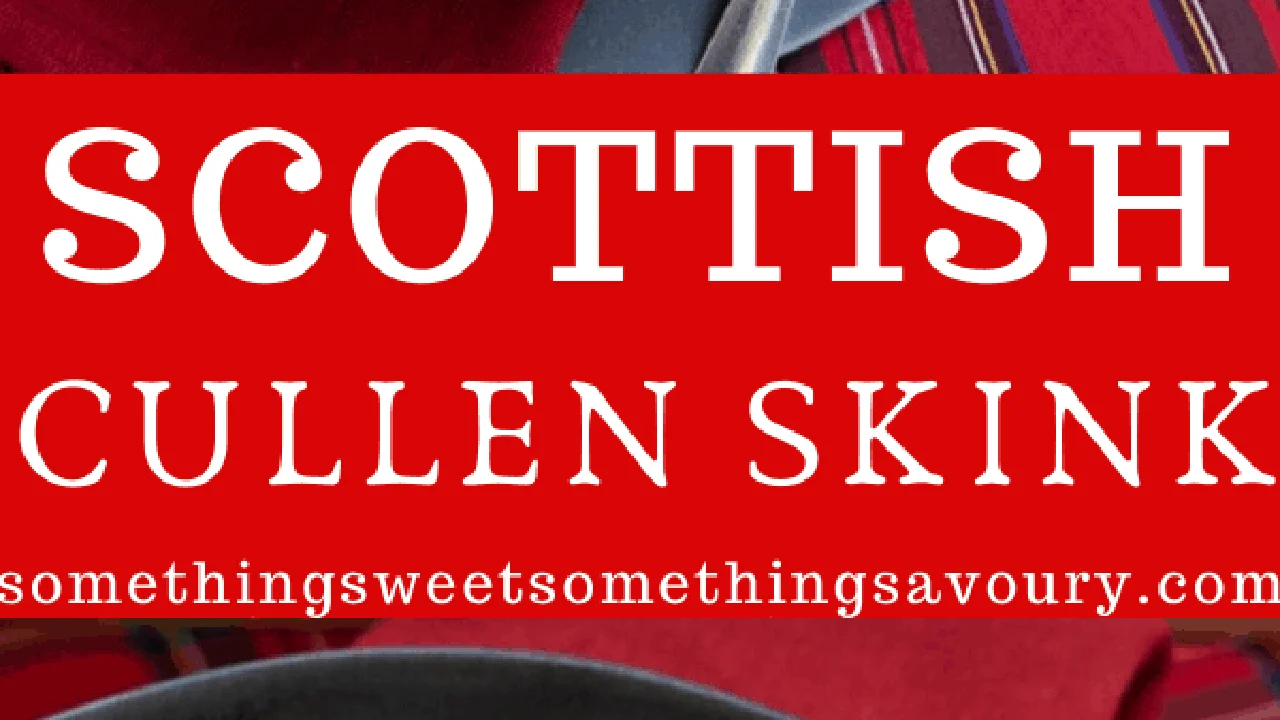Scottish History: A Timeline for American Tourists
Sample meta description.

Planning Your Scottish Adventure: A Historical Journey
So, you're heading to Scotland! Fantastic choice! Get ready for breathtaking landscapes, friendly locals, and a history that's richer than a deep-fried Mars bar. But where do you even start with all that history? This timeline is your cheat sheet, designed specifically for American tourists who want to understand the key moments that shaped this amazing country.
Prehistoric Scotland: Standing Stones and Ancient Mysteries
Forget what you think you know. Scotland's history stretches back WAY before kilts and bagpipes. We're talking thousands of years! Think about the Neolithic period (around 4000 BC) when the first farmers arrived and started building incredible structures like the Ring of Brodgar in Orkney. These standing stones are older than Stonehenge and steeped in mystery. Imagine the rituals, the beliefs, the lives of these early people.
What to see:
- Ring of Brodgar (Orkney): A massive stone circle that'll blow your mind.
- Skara Brae (Orkney): A remarkably well-preserved Neolithic village.
- Callanish Standing Stones (Isle of Lewis): Another impressive stone circle with stunning views.
Travel Tip: Orkney is a bit of a trek, but totally worth it. Consider taking a ferry from the mainland or flying into Kirkwall Airport.
The Roman Invasion: Braveheart's Ancestors
Fast forward a few thousand years, and the Romans show up. They tried to conquer Scotland, but let's just say it didn't go so well. They built Hadrian's Wall to keep the "barbarians" out, but even that couldn't stop the fierce tribes like the Picts. Think of them as the original Bravehearts! They painted themselves blue, fought like crazy, and generally made life difficult for the Roman Empire.
What to see:
- Hadrian's Wall: A UNESCO World Heritage Site that marks the northernmost extent of the Roman Empire. (Okay, technically it's mostly in England, but close enough!)
- The Antonine Wall: Built further north than Hadrian's Wall, but abandoned after a short period. You can still see remnants of it near Glasgow.
Travel Tip: The best way to see Hadrian's Wall is to hike along the Hadrian's Wall Path National Trail.
The Rise of the Scottish Kingdoms: Clans, Kings, and Battles
After the Romans left, Scotland fragmented into several kingdoms, including the Picts, the Scots, and the Britons. These kingdoms were constantly fighting each other, but eventually, the Scots emerged as the dominant force. Think of kings like Kenneth MacAlpin uniting the Picts and Scots in the 9th century. This is where the real Scottish identity starts to take shape.
What to see:
- Scone Palace: The traditional coronation site of the Scottish kings.
- Iona Abbey: A historic abbey founded by St. Columba, a key figure in the spread of Christianity in Scotland.
Travel Tip: Scone Palace is a great place to learn about the history of the Scottish monarchy. Iona Abbey is a beautiful and peaceful place to visit.
The Wars of Independence: Braveheart and Robert the Bruce
Now we're getting to the good stuff! The Wars of Independence against England are legendary. William Wallace (Braveheart!) and Robert the Bruce are national heroes. Battles like Stirling Bridge and Bannockburn are etched in Scottish history. This is a time of incredible bravery, cunning, and determination.
What to see:
- Stirling Bridge: The site of Wallace's famous victory.
- Bannockburn: The site of Robert the Bruce's decisive victory.
- Edinburgh Castle: A historic fortress that played a key role in the Wars of Independence.
Travel Tip: Watch "Braveheart" before you go to get you in the mood, but remember it's not 100% historically accurate!
The Jacobite Risings: Bonnie Prince Charlie and the Lost Cause
The 18th century saw a series of Jacobite risings, attempts to restore the Stuart dynasty to the throne. Bonnie Prince Charlie, also known as the Young Pretender, led the final uprising in 1745. The Jacobites were eventually defeated at the Battle of Culloden, a tragic event that marked the end of an era.
What to see:
- Culloden Battlefield: A somber and moving place to learn about the Jacobite defeat.
- Eilean Donan Castle: A picturesque castle that played a role in the Jacobite risings.
Travel Tip: Culloden Battlefield is a very emotional place. Be respectful and take your time to reflect on the events that took place there.
The Highland Clearances: A Dark Chapter in Scottish History
Following the Jacobite risings, the Highland Clearances saw the forced eviction of many Highland tenants from their land. This was a period of great hardship and suffering for the Highland people. Many emigrated to other countries, including America.
What to see:
- Highland Folk Museum (Newtonmore): Learn about traditional Highland life and the impact of the Clearances.
- The ruined villages of the Highlands: Look for signs of abandoned villages as you travel through the Highlands.
Travel Tip: The Highland Clearances are a sensitive topic. Be mindful when discussing them with locals.
Scotland Today: A Modern Nation with a Rich Heritage
Today, Scotland is a modern, vibrant nation with a rich cultural heritage. It's a popular tourist destination, known for its stunning scenery, friendly people, and delicious food and drink.
What to do:
- Visit Edinburgh: Explore the historic capital city.
- Hike in the Highlands: Experience the breathtaking scenery.
- Sample Scottish whisky: Visit a distillery and learn about the whisky-making process.
- Attend a Highland games: Watch traditional Scottish sports and music.
Essential Scottish Souvenirs and Products: A Tourist's Guide
No trip to Scotland is complete without picking up a few souvenirs! Here are some recommendations, with pricing and usage scenarios:
Highland Titles Lairdship Package: Own a Piece of Scotland
Product: Highland Titles Lairdship Package (various sizes of souvenir plots of land)
Usage Scenario: Perfect for the Scotland enthusiast who wants to support conservation efforts. You receive a certificate declaring you a Laird or Lady (purely for fun, it doesn't confer legal ownership), and the purchase helps fund the preservation of Scottish woodlands.
Comparison: While novelty gifts abound, this one offers a unique connection to the land and supports a good cause. Cheaper than buying actual Scottish land!
Price: Packages range from £39.99 (1 sq ft plot) to £499.99 (1000 sq ft plot).
Scottish Cashmere Scarf: Warmth and Luxury
Product: 100% Scottish Cashmere Scarf
Usage Scenario: Ideal for keeping warm during chilly Scottish evenings or adding a touch of elegance to any outfit. A classic and timeless souvenir.
Comparison: Wool scarves are cheaper, but cashmere offers superior softness and warmth. Look for scarves made in Scotland for authenticity. Avoid "cashmere blend" scarves if you want the real deal.
Price: £75 - £250 depending on size, weight, and brand.
Scottish Whisky: A Taste of the Highlands
Product: Single Malt Scotch Whisky (e.g., The Macallan, Laphroaig, Glenfiddich)
Usage Scenario: Enjoy a dram of whisky neat or with a splash of water to experience the complex flavors of Scotland. Perfect for sipping by a fireplace or sharing with friends.
Comparison: Blended whiskies are generally cheaper than single malts. Islay whiskies (like Laphroaig) are known for their smoky, peaty flavors. Highland whiskies (like Glenfiddich) tend to be smoother and fruitier. Speyside whiskies (like The Macallan) are often rich and sherry-influenced.
Price: £30 - £ hundreds, depending on age, rarity, and distillery.
Harris Tweed Bag: Style and Durability
Product: Harris Tweed Handbag or Messenger Bag
Usage Scenario: A stylish and durable bag for everyday use. Harris Tweed is handwoven in the Outer Hebrides and is known for its distinctive patterns and quality.
Comparison: Canvas bags are cheaper, but Harris Tweed offers a more unique and sophisticated look. Look for bags with the Harris Tweed Orb Mark to ensure authenticity.
Price: £80 - £300 depending on size and design.
Scottish Tablet: A Sweet Treat
Product: Scottish Tablet (a crumbly, sugary confection)
Usage Scenario: A sweet and indulgent treat to enjoy with a cup of tea or coffee. Perfect for satisfying your sweet tooth.
Comparison: Fudge is similar, but tablet is generally harder and more crumbly. Homemade tablet is often the best!
Price: £3 - £10 per box.
Enjoy Your Trip!
This timeline is just a starting point. There's so much more to discover about Scottish history and culture. So go explore, ask questions, and immerse yourself in the magic of Scotland! Have a brilliant trip!
:max_bytes(150000):strip_icc()/277019-baked-pork-chops-with-cream-of-mushroom-soup-DDMFS-beauty-4x3-BG-7505-5762b731cf30447d9cbbbbbf387beafa.jpg)






